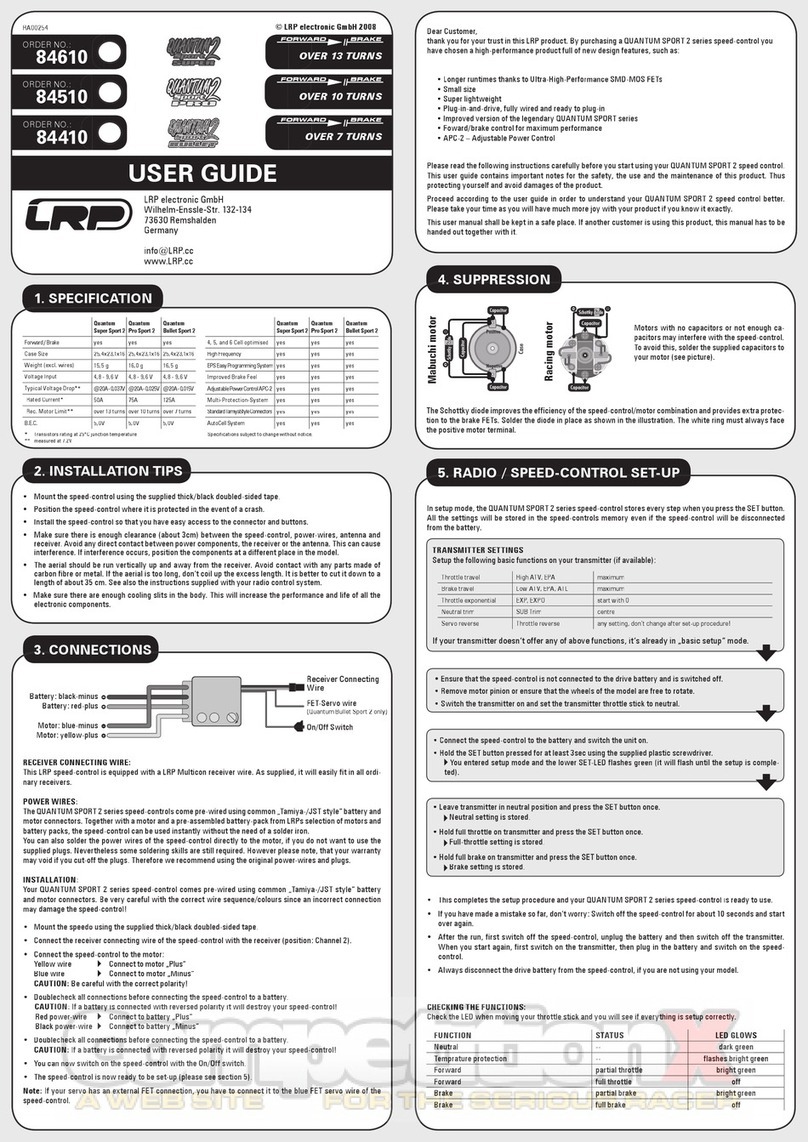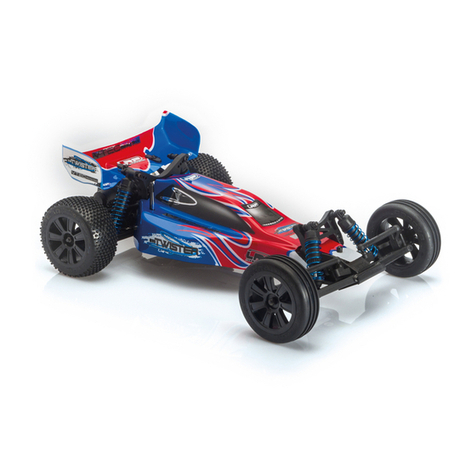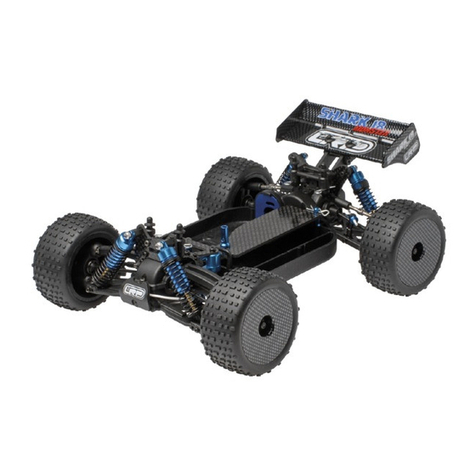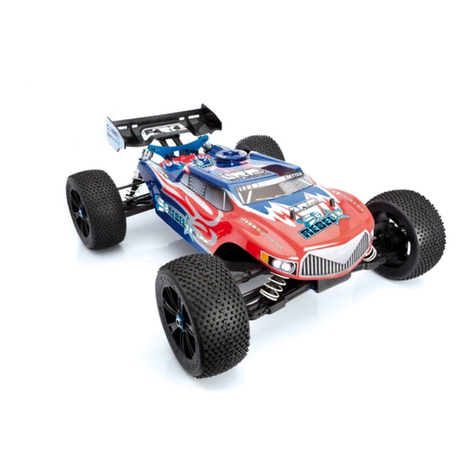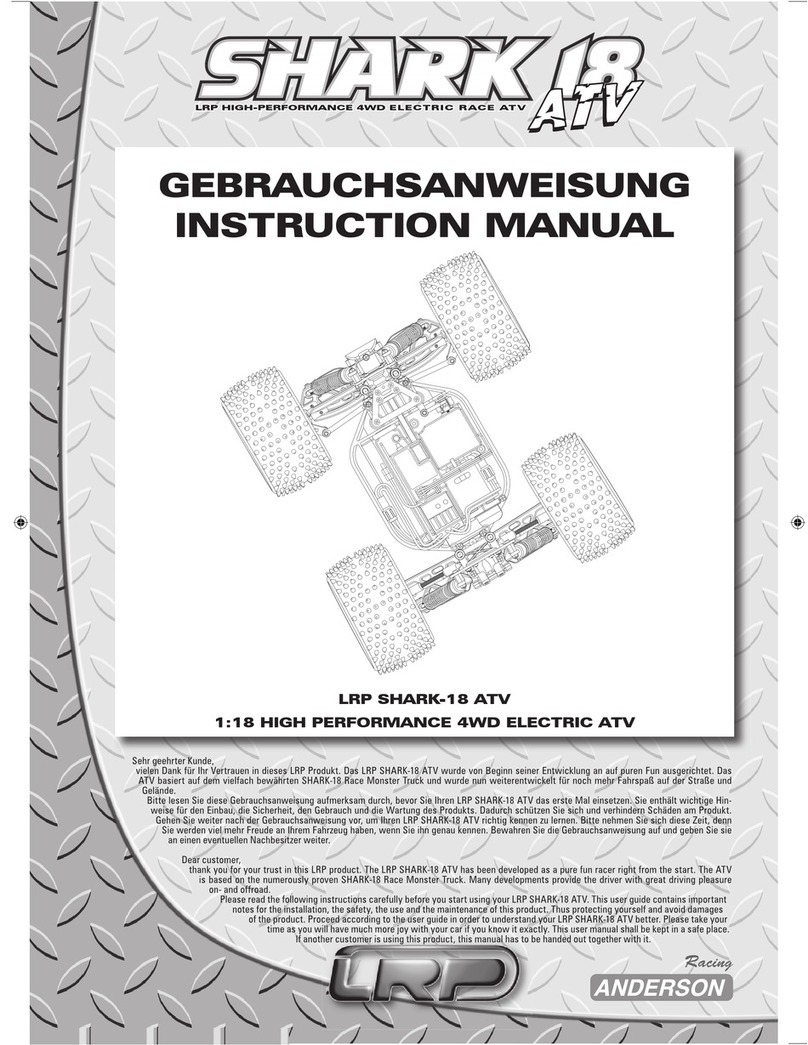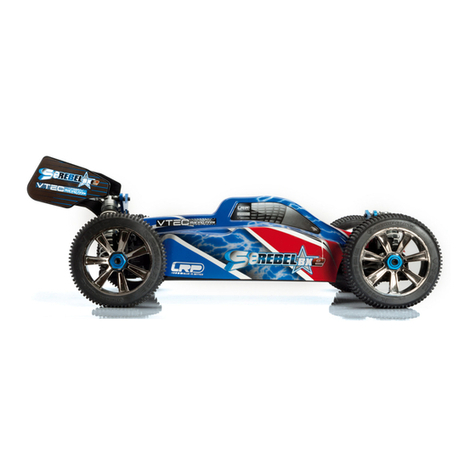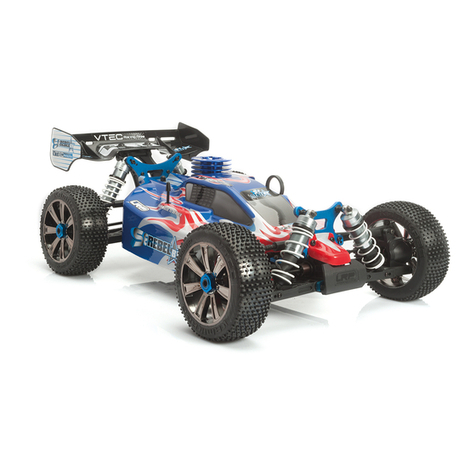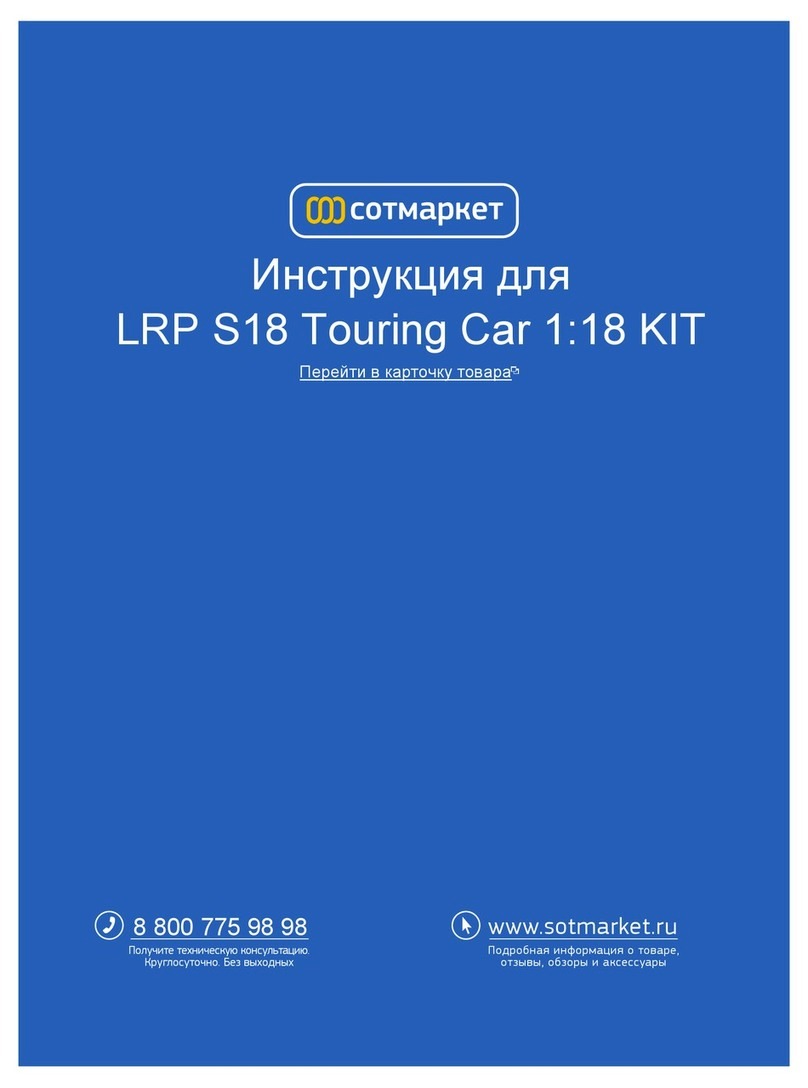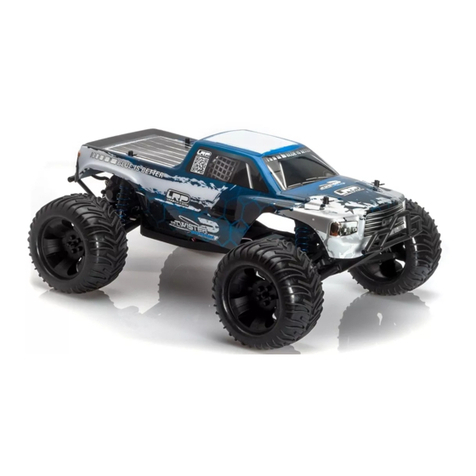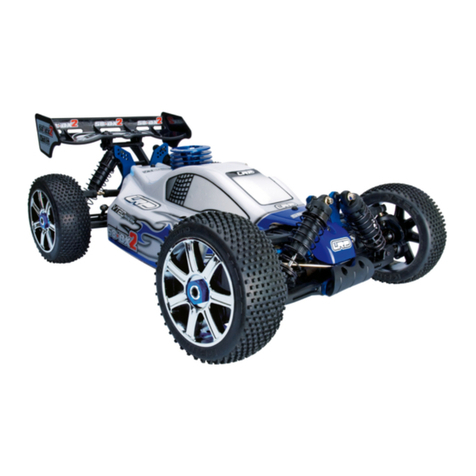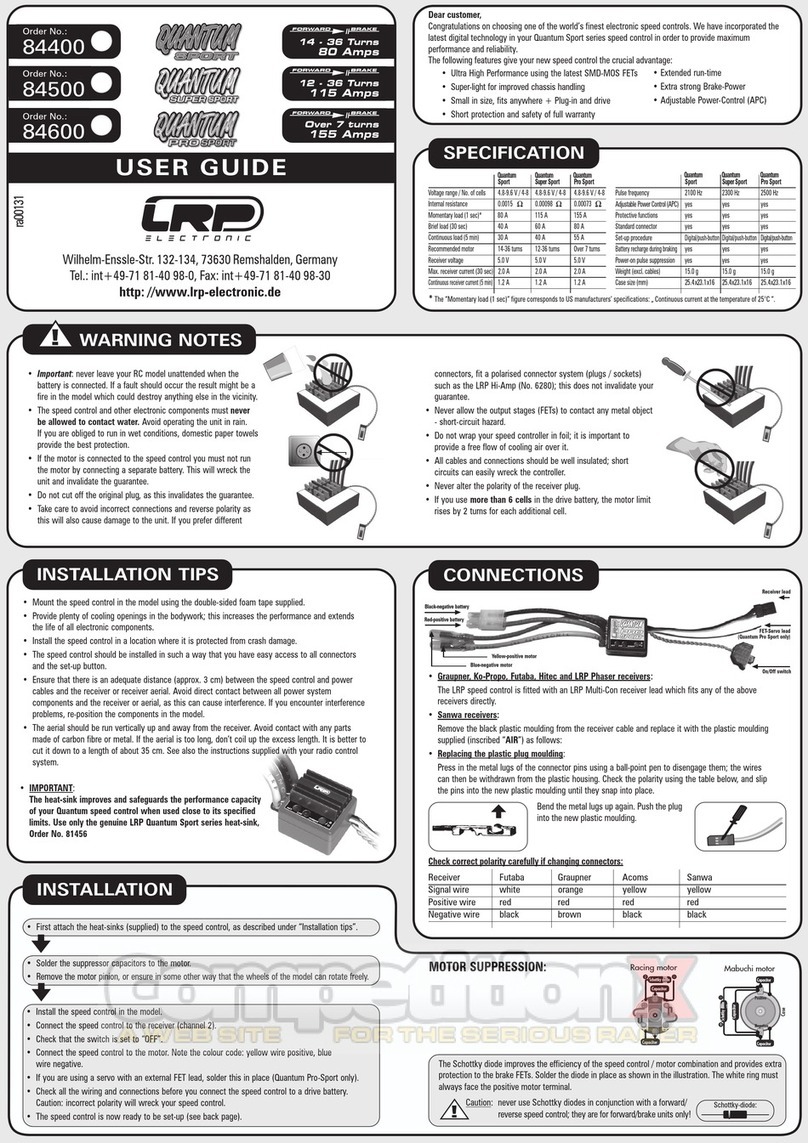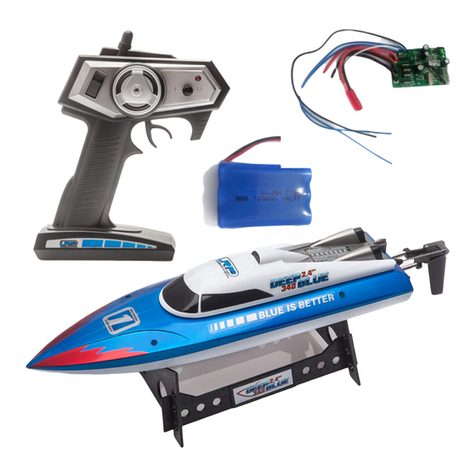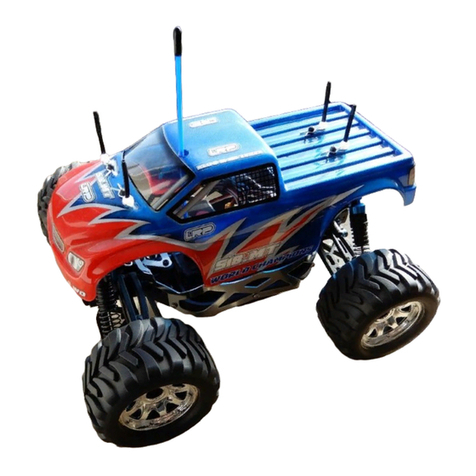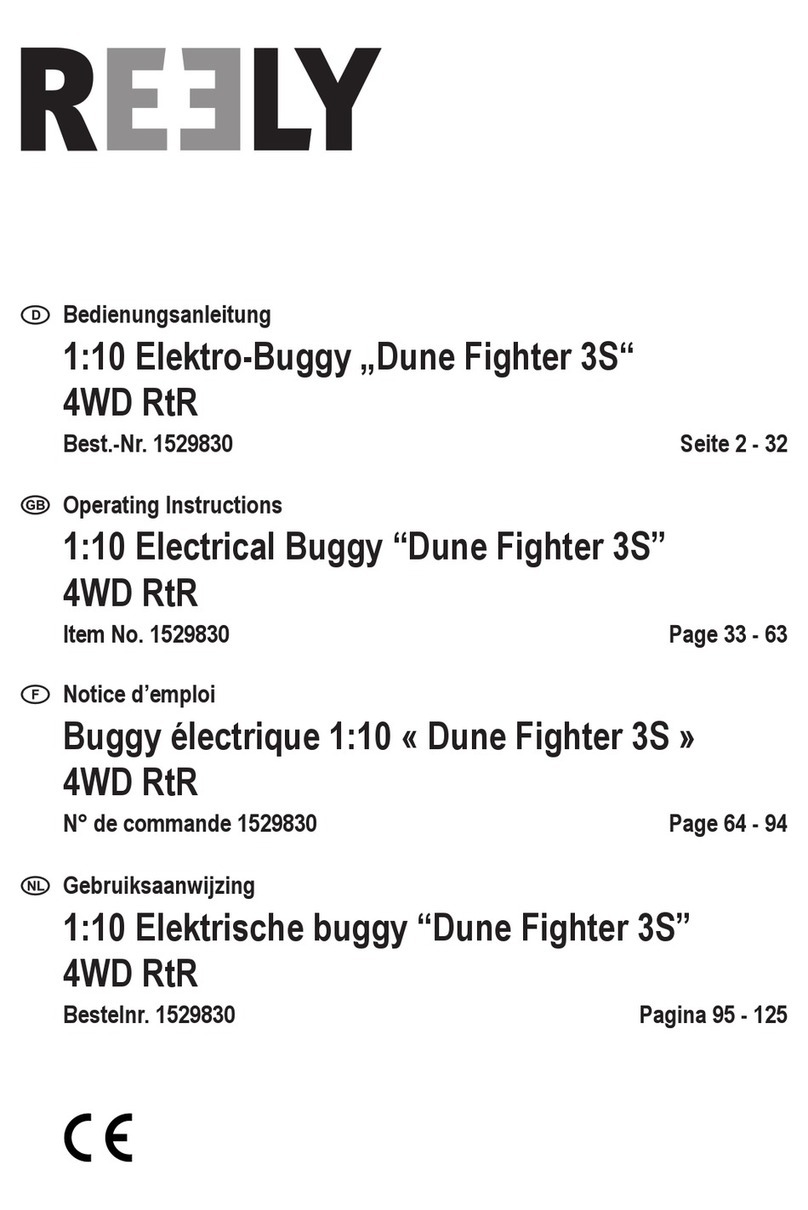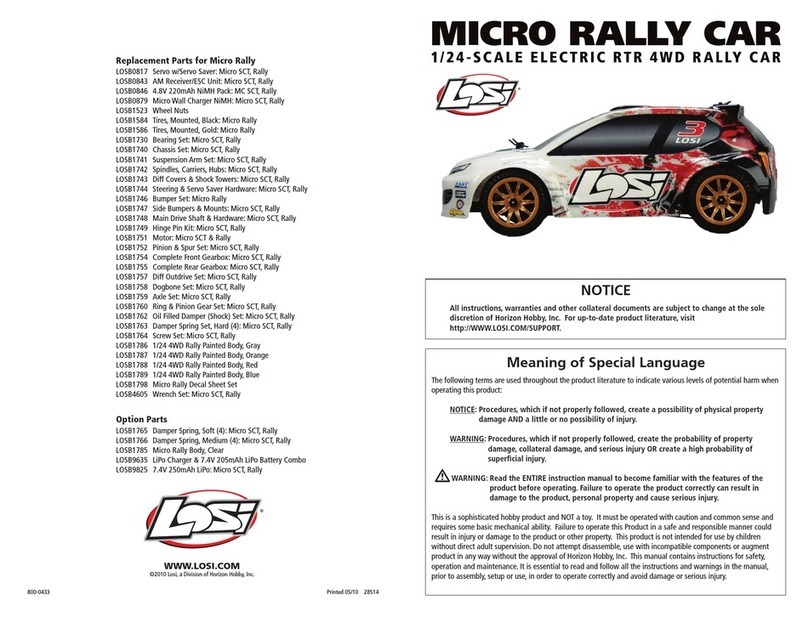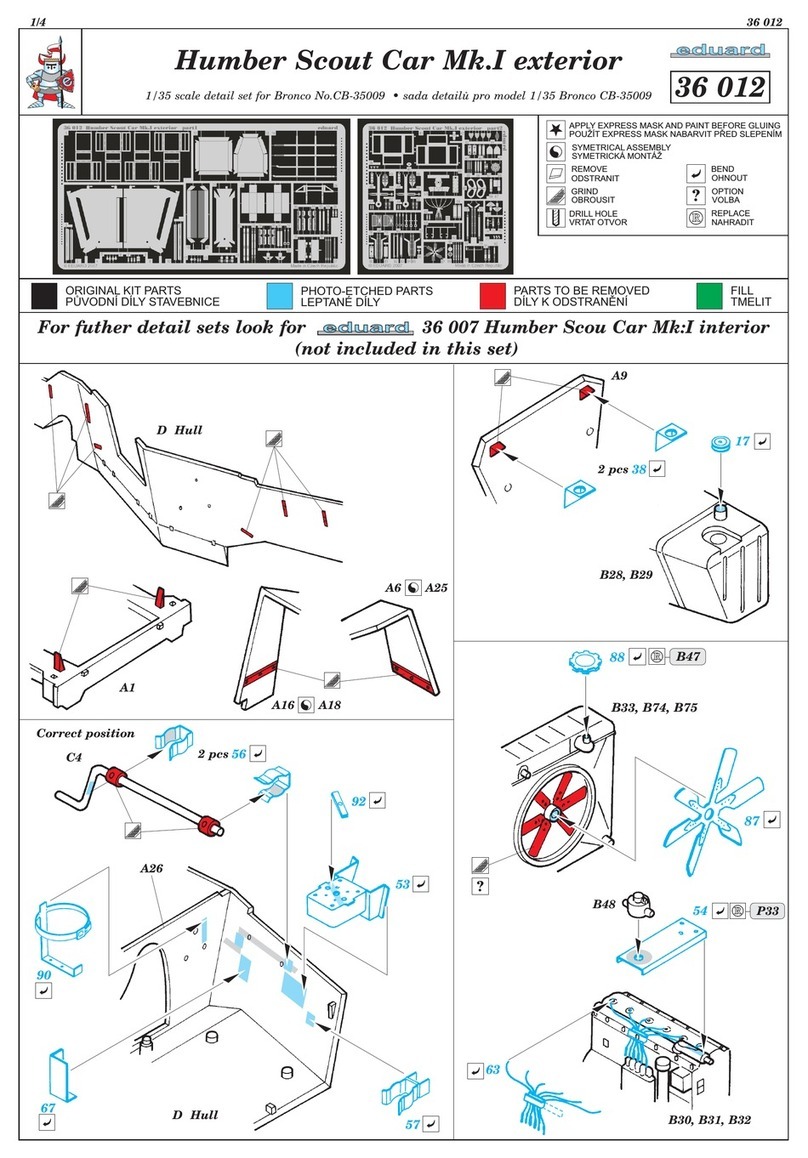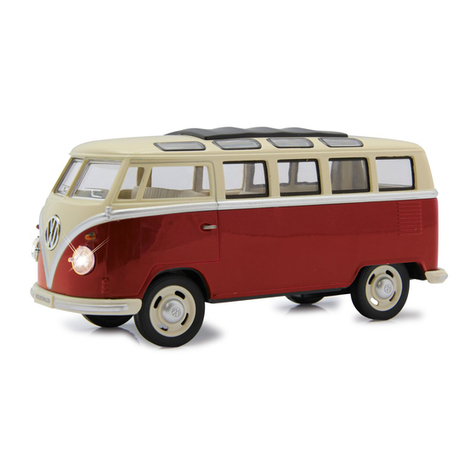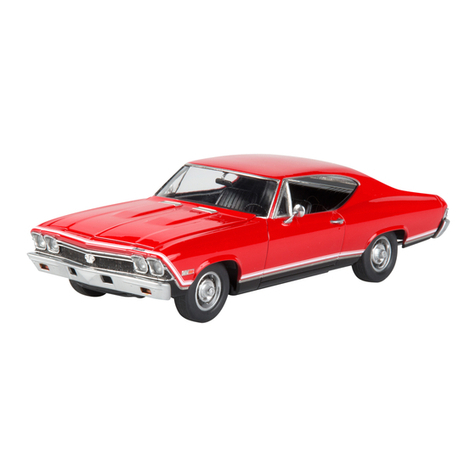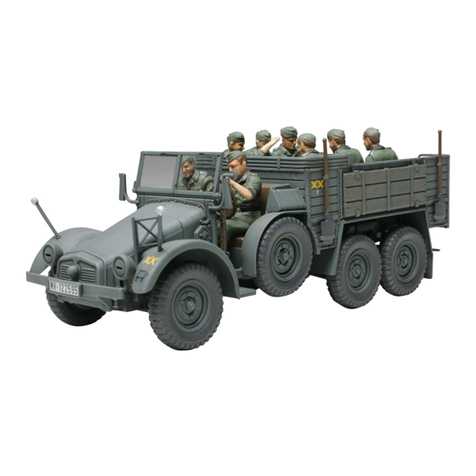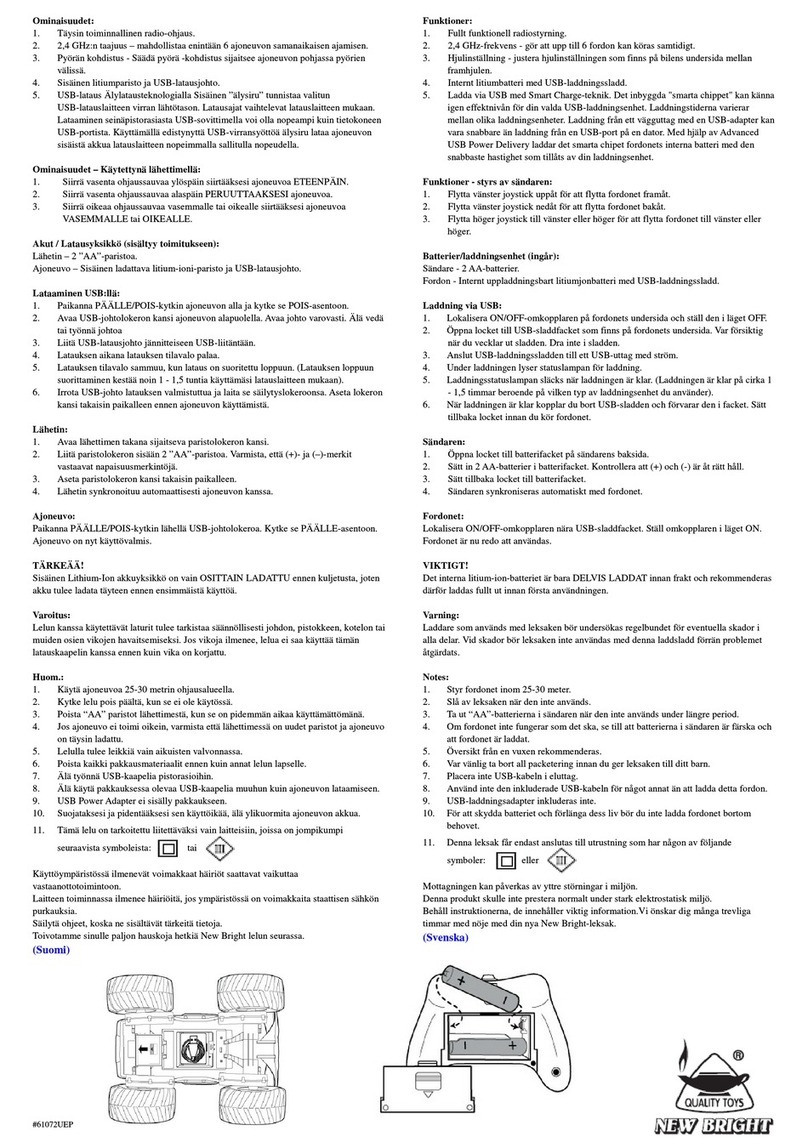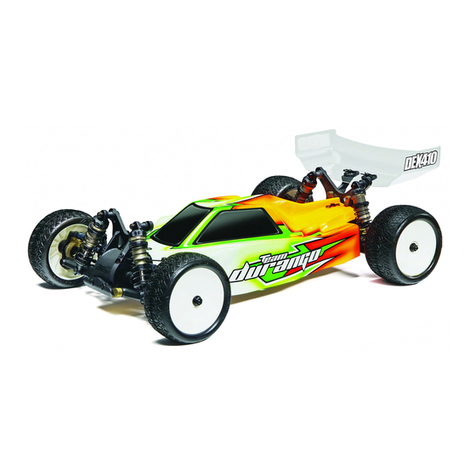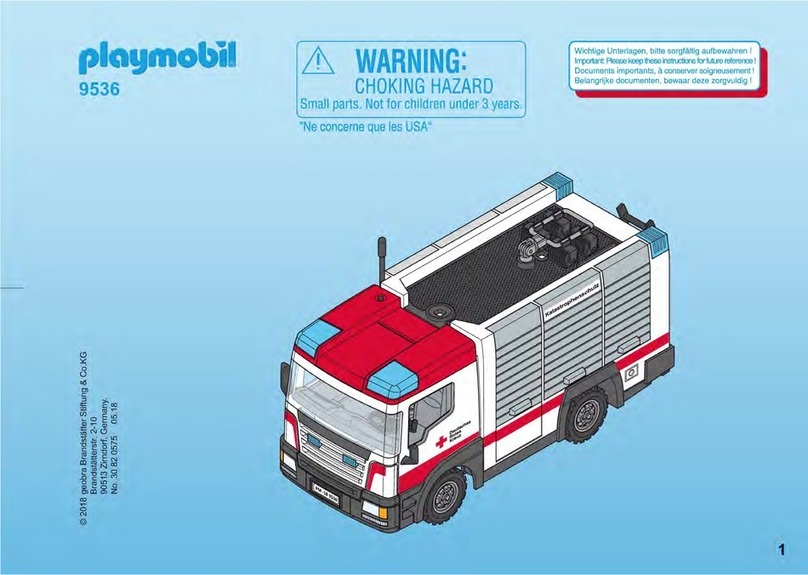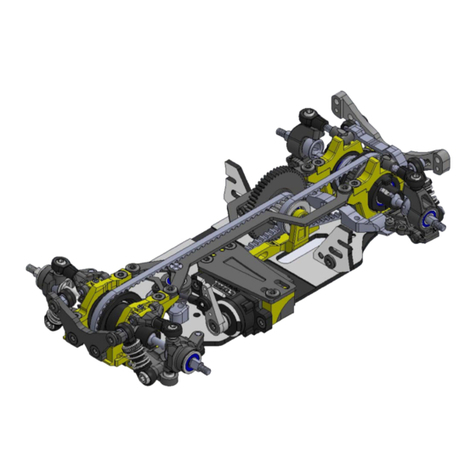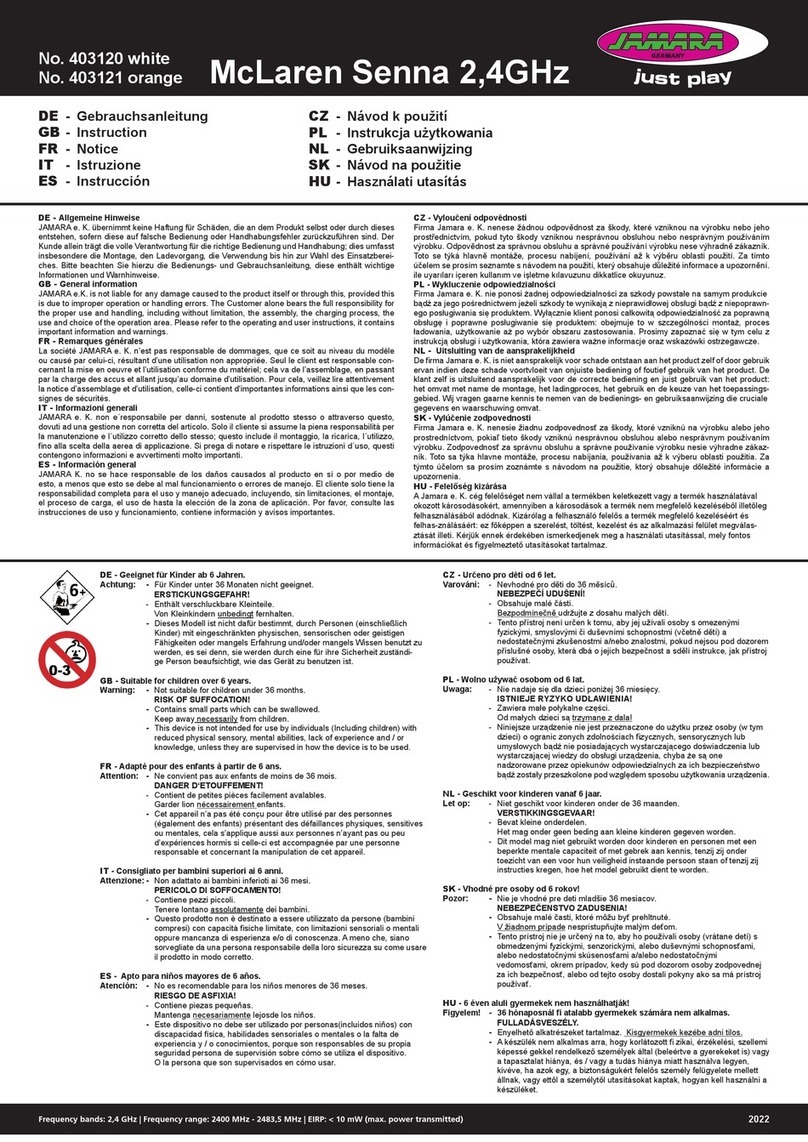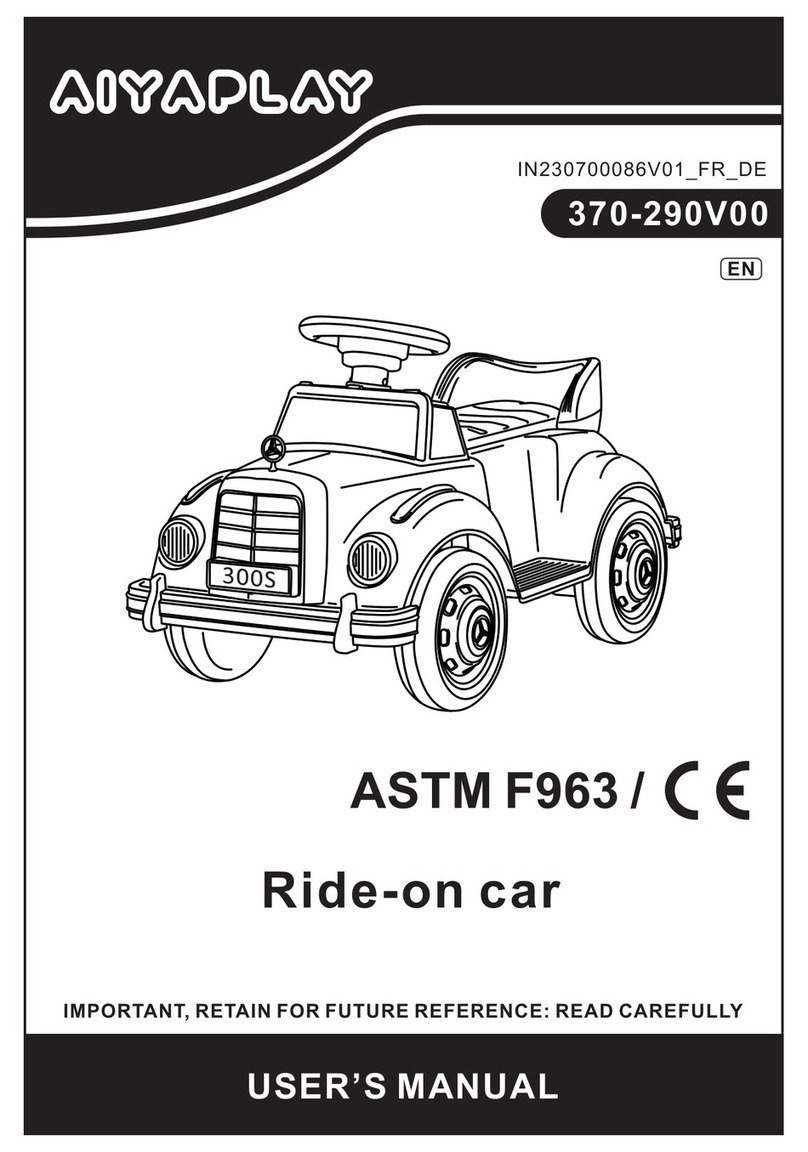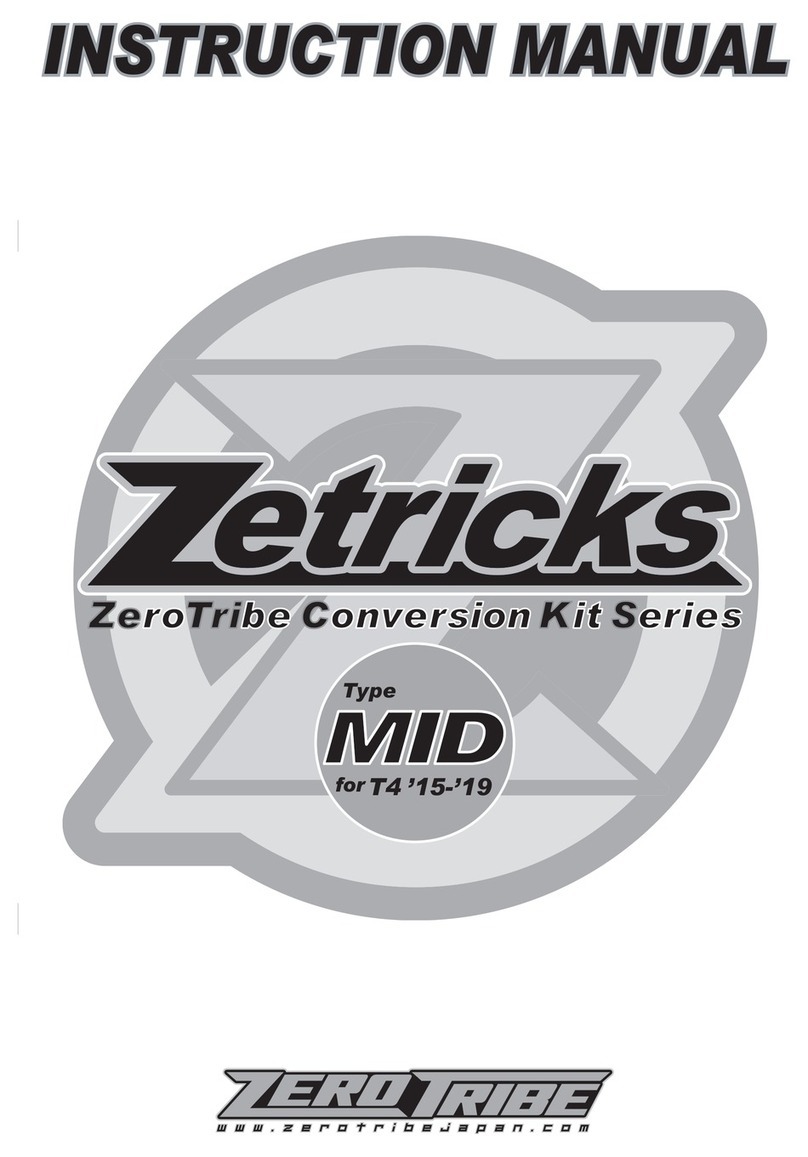12. trouble shooting guide
9. tuning
10. after run
11. maintenance
repair procedures /
limited warranty
All products from LRP electronic GmbH (hereinafter called “LRP”) are manufactured according
to the highest quality standards. LRP guarantees this product to be free from defects in materi-
als or workmanship for 90 days (non-european countris only) from the original date of purchase
verified by sales receipt. This limited warranty doesn’t cover defects, which are a result of
misuse, improper maintenance, outside interference or mechanical damage. This applies among
other things on:
• Enginedisassemblybycustomer
• Anymodicationoftheenginedonebythecustomer
• Rustinsidetheengine
• Dustordirtinsidetheengine
• Damagedengineduetoglowplugfailure
• Overheating
• Scratchesinsidetheenginecausedbydirtordust
• Waterinfuel
• Wrongbreak-inprocedure
• Damagedpistonduetopistonstopdevices
• Damagedcylinderexhaustportduetopistonstopdevices
• Breakagesathighrpmwithoutengineload
To eliminate all other possibilities or improper handling, first check all other components in your
model and the trouble shooting guide, if available, before you send in this product for repair.
If products are sent in for repair, which do operate perfectly, we have to charge a service fee
according to our pricelist.
With sending in this product, the customer has to advise LRP if the product should be repaired
in either case. If there is neither a warranty nor guarantee claim, the inspection of the product
and the repairs, if necessary, in either case will be charged with a fee at the customers expense
according to our price list. A proof of purchase including date of purchase needs to be included.
Otherwise, no warranty can be granted. For quick repair- and return service, add your address
and detailed description of the malfunction.
If LRP no longer manufactures a returned defective product and we are unable to service it,
we shall provide you with a product that has at least the same value from one of the successor
series.
The specifications like weight, size and others should be seen as guide values. Due to ongoing
technical improvements, which are done in the interest of the product, LRP does not take any
responsibility for the accuracy of these specs.
LRP-Distributor-Service:
• Packageyourproductcarefullyandincludesalesreceiptanddetaileddescriptionofmal-
function.
• SendparceltoyournationalLRPdistributor.
• Distributorrepairsorexchangestheproduct.
• ShipmentbacktoyouusuallybyCOD(cashondelivery),butthisissubjecttoyournational
LRP distributor‘s general policy.
It never hurts to have the mixture too rich, but NEVER let the mixture get too lean. Always tune
from rich to lean. If in doubt, richen it up first! Never try to tune a cold engine, run 2-3 minutes to
get the engine up to running temperature before doing any adjustments!
Basic tuning procedure is as follows:
1. Set the engine’s idle speed up slightly higher than normal.
2. Start tuning your engine with the settings too rich.
3. Always tune main-speed needle (top-end) first.
4. Tune mid-range needle next.
5. Reset idle speed screw.
Procedure:
1. Set the idle speed so your engine doesn’t stall (slightly higher then normal).
2. Go to the track with the main-needle set too rich, there should be heavy smoke coming from
the muffler now.
3. Tune the engine by leaning the main-needle 1/8 turn at a time (turn clockwise).
- Your goal will be that the engine will just reach maximum RPM on the straightaway.
- Open the main-needle again by an 1/8 turn (turn counter-clockwise) when you have reached
thatpoint.Thisshouldbetheperfectsettingforthemain-needle.Temperatureof95-105°C
(200-225°F).
- If the main-needle is set too lean, the engine will overheat and will not accelerate smoothly.
If this happens, immediately stop the engine and richen the main-needle (counterclock-
wise) 1/4 turn before a new attempt.
4. Adjust the mid-range needle now. Run 3 full laps, stop the car near you and let it idle for
5secs. „Push off“. It should have slightly richened up (idle rpm gets lower), but still accelera-
te quickly. If it died before the 5secs, check the following:
- If the rpm constantly decreases and finally the engine stops, the mid-range needle is too
rich.
- If the idle-speed increases during idle, the mid-range needle is too lean.
5. You may have to re-adjust the idle-speed now. If it idles too high, the clutch may not release
completely and you will lose „snap“ off the corners. If it idles too low, it may stall at the start,
or at the end of the straightaway when you release the throttle.
Ways to measure the engine temperature:
• Temperaturegaugemethod(recommended):Pullinquicklyandimmediatelytakeatempera-
ture reading. Place the gauge directly over the engine pointed at the glow plug.
• Spitmethod:Pullinquicklyandimmediatelyputsomespitontheengine’shead.Thespittle
should just slowly boil off (2-3secs). It should not dance around as if it were on a hot griddle,
nor should it lay there and steam.
Use after-run oil to keep everything lubricated after you have finished your day. After-run oil
helps for an easy start the next time and protects your internals against rust. Use only „after-run
oil“ specially formulated for R/C engines. Do not use silicone shock oil or similar as they will
seriously harm your engine. We recommend to use our LRP After-Run oil (No. 37910), which you
should use regularly after using your engine.
Procedure:
First let the tank run completely empty at idle until it runs out of fuel (try re-starting it several
times), next put a few drops down the open carburetor and a few drops down the glow plug hole.
Spin it over for 5 seconds on the starter box and you are done.
Treat your engine with care and check it frequently. Due to the extremely high RPM this engine
produces, any fault can cause serious damage. All moving parts inside the engine are subject
to wear, you must know if a piston/liner/conrod has worn out and if they need to be replaced. If
you replace one part, please check if everything else is still in good shape at the same time. If
you only change one part and other parts are in bad shape, there’s the possibility that there will
be a new failure soon!
Some important matters:
• Cleantheoutsideoftheengineproperlybeforeyouopenit.Anydustordirtwhichgetsinto
the engine could make considerable damage.
• Checktheconrodfrequently.Ifyouwanttoreplacetheconrod,besurethebigendofyour
crankshaft is still round and at a good size. If not, also replace the crankshaft.
• Whenyoustartputtingyourenginebacktogether,makesurethateachpartistotallyclean
before installation and please use some oil (after-run is suited well) to lubricate everything.
• Becarefulthateachparthasitscorrectdirection,especiallypiston/liner/conrod.Pleasealso
check the explosion drawing. The lubrication hole in the conrod should be facing to the front
(direction to the carburetor).
• Beforeyouinstallthecombustionchamber,pleasedoublecheckthatyouinstalledallhead
shims.
• Useahexwrenchtoinstallthescrews.Whenyoustarttofeelresistance,stopturningthe
screw. Repeat this for each screw, use the star-technique to tighten all the screws complete-
ly. Do not overtighten them!
PROBLEM REASON SOLUTION
Engine does not start Glow plug defective - replace glow plug
Glow plug does not work
properly
- check the condition of the glow plug
- check the glow plug igniter
Engine is set too rich
(too much fuel, hits back)
- check carburetor settings, repeat tuning
procedure
- unscrew the glow plug completely and use
startbox for 5sec
Engine is too lean
(too little fuel, does not start)
- check carburetor setting, repeat tuning procedure
Engine doesn’t suck in the fuel - check the fuel line for possible damage
- check the carburetor setting
Engine stops after a
short time after glow
plug igniter has been
disconnected
Glow plug defective - replace glow plug
Bad fuel - replace fuel by fresh and correct type of fuel
Bad carburetor setting - check the carburetor setting, repeat tuning
procedure
Dirt in fuel line or carburetor - clean fuel line, clean & check carburetor
Fuel line damaged - replace fuel line
Loose glow plug or cooling head - tighten glow plug and/or cooling head
Air filter old or dirty - clean or replace air filter
Performance
decreases after
reaching operating
temperature or engine
stalls from time to time
Engine is set too lean - check the carburetor setting, repeat tuning
procedure
Glow plug defective or wrong
type
- replace the glow plug by a correct type
Engine runs too hot - run-in process is not completed
Shims under comb. chamber
wrong
- check number of shims
Engine still keeps
running at high RPM
for a moment when
you release the throttle
Bad carburetor setting - open mid-range needle ¼ turn at a time and
re-adjust idle-speed
- set idle speed lower
Glow plug, wrong type (too hot) - use glow plug with higher number (e.g. go from
5 to 6)
Shims under comb. chamber
wrong
- check number of shims
